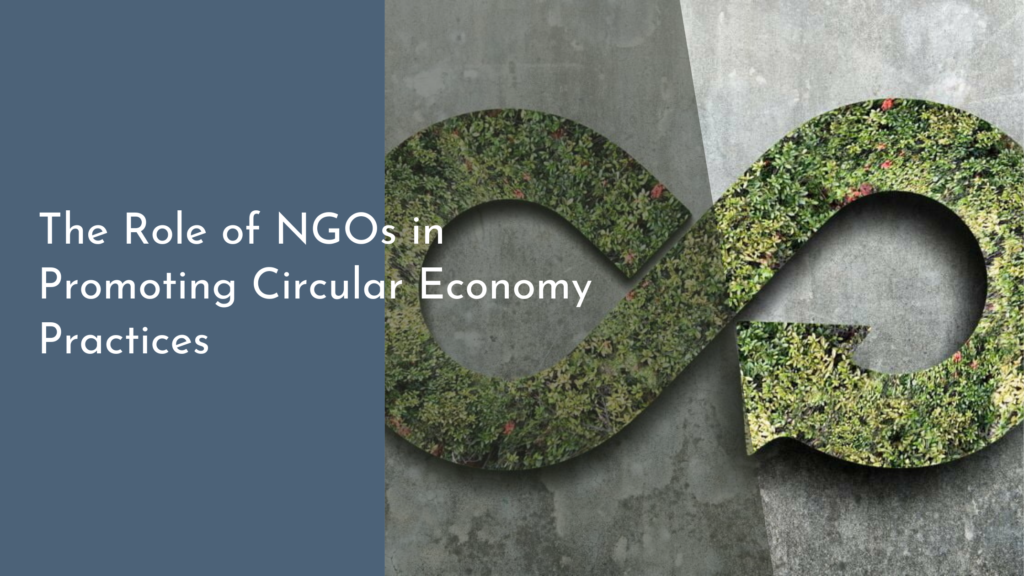Best Practices for Urban Renewable Energy Adoption
As urban areas continue to expand and populations grow, the need for sustainable energy solutions becomes increasingly urgent. Cities are at the forefront of innovation, and adopting renewable energy practices is crucial for a greener future. This article delves into best practices for urban renewable energy adoption, exploring solar power, wind energy, energy efficiency strategies, and community engagement. By embracing these methods, cities can not only reduce their carbon footprint but also enhance the quality of life for their residents.
Embracing Solar Power: Brightening Urban Landscapes
Solar power is one of the most accessible and versatile renewable energy sources for urban environments. Rooftop solar panels, in particular, offer an excellent opportunity for residential and commercial buildings to harness the sun’s energy without taking up extra space. By incentivizing the installation of solar panels through subsidies and tax credits, cities can encourage homeowners and businesses to invest in this clean energy solution. Additionally, community solar projects can provide access to solar energy for those who may not have suitable rooftops, giving everyone an opportunity to benefit from renewable energy.
Another effective approach is to incorporate solar energy into public infrastructure. From solar-powered streetlights to solar canopies in parking lots, urban planners can creatively integrate solar technology into existing city structures. This not only increases renewable energy capacity but also raises awareness about the importance of sustainable practices. Cities that prioritize solar energy can create a brighter, cleaner future that showcases the beauty of innovation while reducing reliance on fossil fuels.
Wind Energy Solutions: Harnessing Nature in City Living
While wind energy is often associated with rural landscapes, urban areas can also benefit from this renewable resource. Small-scale wind turbines can be integrated into city architecture, such as rooftops and urban parks, providing a viable option for harnessing wind energy in densely populated areas. By designing turbines that are aesthetically pleasing and minimize noise, cities can overcome common misconceptions and create a positive perception of wind energy among residents.
Moreover, collaboration with local universities and technology startups can facilitate the development of urban wind energy solutions. Research and innovation can lead to the creation of more efficient and compact wind turbines suitable for city environments. By fostering an ecosystem of innovation, cities can tap into the potential of wind energy while engaging residents in the process. The result is a cleaner urban environment that embraces the power of nature.
Innovative Strategies for Energy Efficiency in Urban Areas
Energy efficiency is a critical component of urban renewable energy adoption. Implementing smart building technologies can significantly reduce energy consumption in both residential and commercial spaces. Solutions such as smart thermostats, energy-efficient lighting, and automated systems for heating and cooling can lead to considerable savings while lowering overall energy demand. Additionally, promoting green building certifications, such as LEED (Leadership in Energy and Environmental Design), can encourage developers to prioritize sustainability in new construction projects.
Cities can also promote energy efficiency by establishing educational programs and partnerships with businesses. By providing resources and incentives for energy audits and retrofitting existing buildings, municipalities can help residents and organizations identify areas for improvement. Encouraging a culture of energy conservation will not only reduce emissions but also foster a collective commitment to sustainability, enhancing the overall quality of life in urban areas.
Community Engagement: Powering Change Together in Cities
Engaging communities in the renewable energy transition is vital for ensuring long-term success. Local governments can foster dialogue by organizing workshops, informational sessions, and renewable energy fairs. These events can serve as platforms for sharing knowledge, addressing concerns, and showcasing successful renewable energy projects. By actively involving residents in discussions, cities can create a sense of ownership and accountability, empowering individuals to make sustainable choices.
Furthermore, community-led initiatives, such as cooperatives for solar energy or energy efficiency programs, can strengthen social bonds while promoting sustainable practices. By pooling resources and talent, residents can collectively invest in renewable energy solutions, thereby democratizing access to clean energy. This grassroots approach not only amplifies the impact of urban renewable energy adoption but also cultivates a sense of unity and purpose among residents, setting a positive example for future generations.
In conclusion, adopting renewable energy practices in urban areas is not just a necessity; it’s an exciting opportunity for cities to innovate and inspire. By embracing solar power, exploring wind energy solutions, implementing energy efficiency strategies, and engaging communities, urban environments can transform into sustainable, vibrant spaces. Together, we can build a brighter, cleaner future, where cities lead the charge toward renewable energy adoption and serve as a model for others to follow. With collective effort and enthusiasm, the dream of sustainable urban living is well within our reach.

